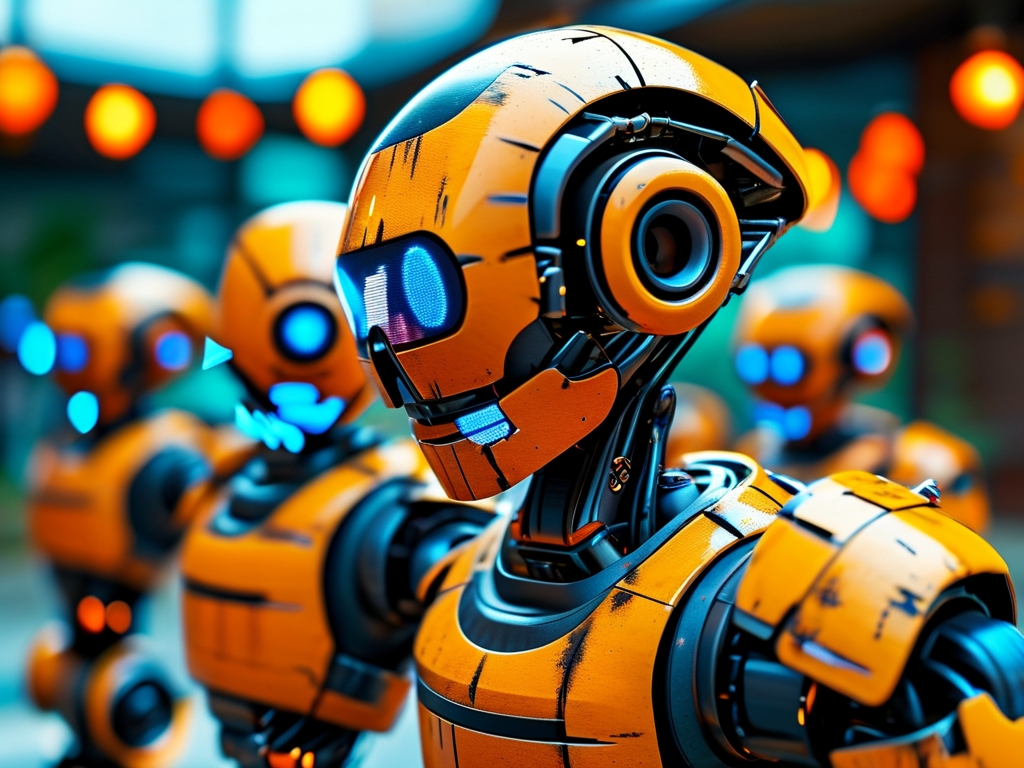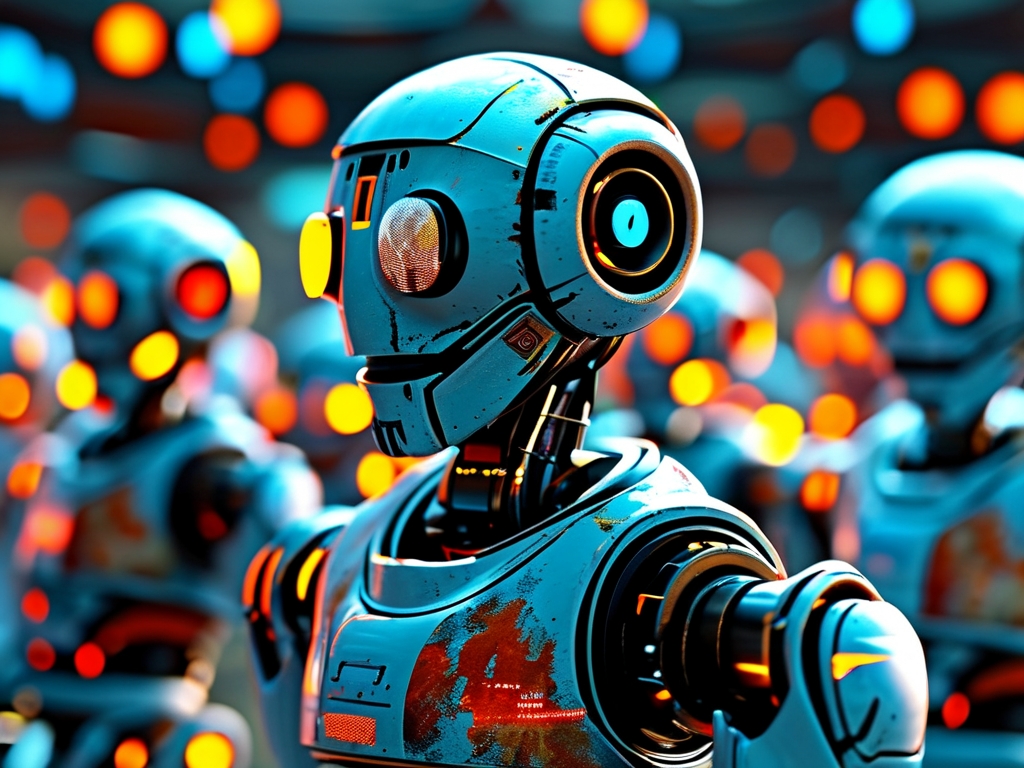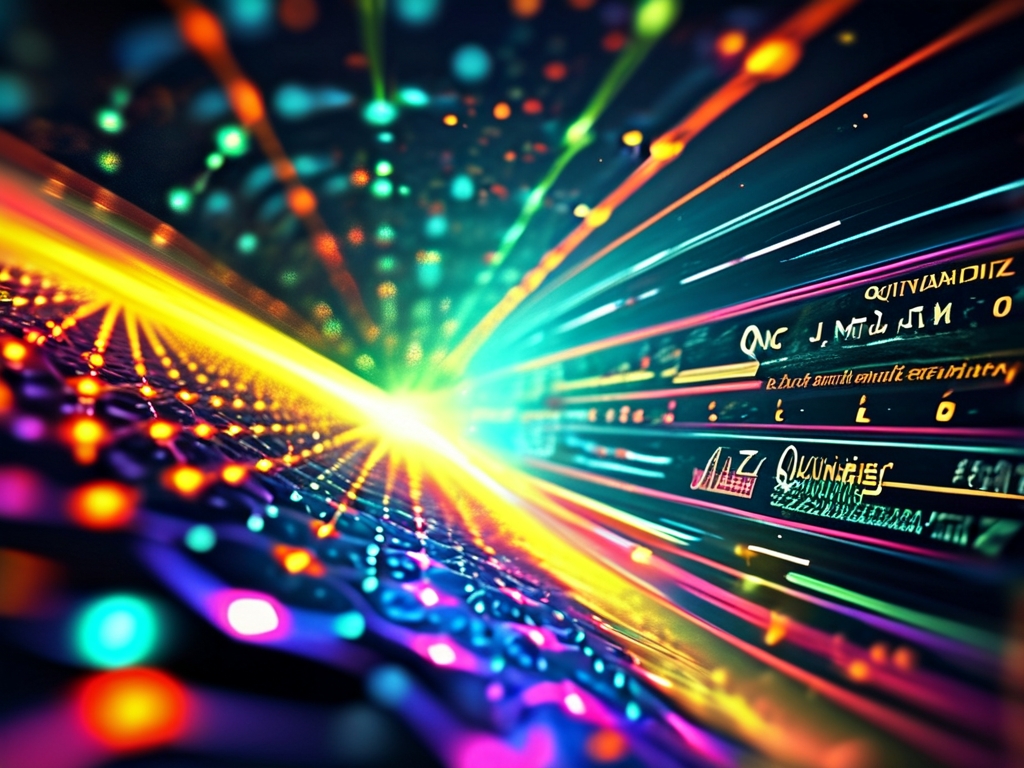In the rapidly evolving landscape of robotics, robot networking synchronization technology has emerged as a cornerstone for enabling seamless collaboration among autonomous systems. This technology allows robots to share data, coordinate actions, and adapt to dynamic environments in real time, revolutionizing industries ranging from manufacturing to disaster response. As the demand for multi-robot systems grows, understanding the mechanisms and implications of synchronization becomes critical.
1. The Foundation of Robot Networking Synchronization
At its core, robot networking synchronization involves three pillars: communication protocols, time alignment, and distributed decision-making.
-
Communication Protocols: Modern robotic networks rely on hybrid communication frameworks, combining wireless technologies like 5G, Wi-Fi 6, and even satellite links for global coverage. Protocols such as ROS 2 (Robot Operating System) and DDS (Data Distribution Service) ensure low-latency, fault-tolerant data exchange. For instance, in a warehouse setting, autonomous forklifts use these protocols to avoid collisions while optimizing inventory routes.
-
Time Alignment: Precision timing is vital for tasks requiring simultaneous actions. Technologies like IEEE 1588 Precision Time Protocol (PTP) synchronize clocks across robots with microsecond accuracy. In drone swarms performing light shows, even a millisecond delay could disrupt formations.
-
Distributed Decision-Making: Edge computing enables robots to process data locally while contributing to a shared "collective intelligence." For example, agricultural robots mapping crop health collaboratively adjust their paths based on real-time soil analysis without centralized control.
2. Key Applications Driving Innovation
a. Industrial Automation
Factories increasingly deploy synchronized robot teams for assembly lines. BMW, for instance, uses networked robots that adjust torque settings in unison during car manufacturing, reducing errors by 30%.
b. Search and Rescue
In disaster zones, robot swarms equipped with thermal sensors and LiDAR synchronize to map collapsed structures. During the 2023 Türkiye earthquake, a fleet of drones and ground robots located survivors 40% faster than human-led teams.

c. Precision Agriculture
Farm robots synchronize planting, watering, and harvesting cycles using shared weather and soil data. John Deere’s “See & Spray” system reduced herbicide use by 90% through networked AI analysis.
3. Technical Challenges and Breakthroughs
Despite progress, synchronization faces hurdles:
- Latency Variability: Fluctuations in network latency can desynchronize actions. Researchers are testing AI-driven predictive models to compensate for delays.
- Security Risks: Centralized synchronization nodes are vulnerable to cyberattacks. Blockchain-based decentralized timestamping is being explored for tamper-proof coordination.
- Scalability Limits: Current protocols struggle beyond 1,000 nodes. MIT’s “SwarmOS” project demonstrated synchronization for 10,000 micro-drones using hierarchical clustering algorithms.
4. The Role of AI and Edge Computing
Machine learning algorithms now enable adaptive synchronization. For example, NVIDIA’s Isaac Sim platform trains robot networks in virtual environments to optimize coordination strategies before real-world deployment. Federated learning further allows robots to improve shared models without exposing raw data—critical for medical or military applications.

5. Ethical and Regulatory Considerations
As robot networks expand, questions arise:
- Accountability: Who is responsible if a synchronized swarm causes harm? The EU’s AI Act proposes “shared liability” frameworks.
- Energy Efficiency: Synchronization consumes power. The EU’s Horizon Europe funds projects to cut energy use by 50% through bio-inspired algorithms mimicking ant colony behavior.
6. Future Directions
Emerging trends include:
- Quantum Synchronization: Leveraging quantum entanglement for instantaneous coordination across vast distances.
- Neuromorphic Chips: Hardware mimicking the human brain’s parallel processing could enable real-time swarm cognition.
- 6G Integration: Terahertz-frequency 6G networks (expected by 2030) may achieve near-zero latency for planetary-scale robot networks.
Robot networking synchronization technology is not merely a technical advancement—it represents a paradigm shift in how machines interact with each other and their environment. By overcoming current limitations and embracing ethical frameworks, synchronized robot systems will unlock unprecedented possibilities, from building Martian habitats to managing smart cities. As the boundary between individual robots and collective intelligence blurs, humanity stands on the brink of a new era of collaborative automation.




